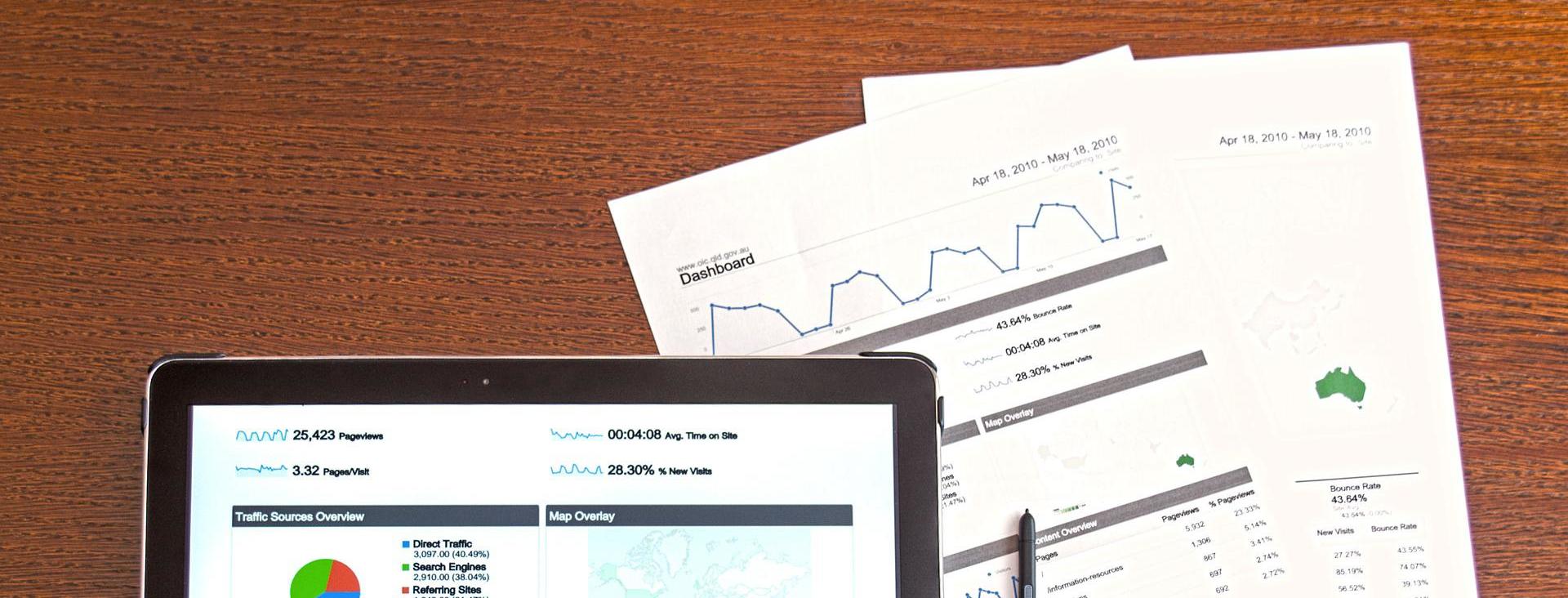6 Step Framework to Optimise Your Google Analytics for Greater Insights
Posted on 11th August 2022 at 08:59
Google Analytics is a powerful tool that can help you gain insights into how your website is performing. However, it can be difficult to know how to use all of the features effectively. In this blog post, we will discuss six tips that will help you get the most out of Google Analytics. By following these tips, you will be able to collect data more effectively and generate insights that will help improve your website's performance.
1. Use Google Analytics to track your website's traffic.

Google Analytics can be used to track your website's traffic in a number of ways. By tracking the number of visitors to your site, you can gain insights into which pages are being visited most frequently and what kind of content is most popular with your audience. You can also use Google Analytics to track the number of conversions, or sales, that you generate from your website. This information can be used to improve your website's design and layout to better meet the needs of your visitors.
2. Use Google Analytics to track your website's bounce rate.

Your website's bounce rate is an important metric to track. This metric measures the percentage of visitors who leave your site after only viewing one page. A high bounce rate can indicate that your website's design is not effective or that your content is not relevant to your audience. By tracking your bounce rate, you can gain insights into how to improve your website so that more visitors stay on your site and engage with your content.
3. Use Google Analytics to track your website's conversion rate.
Your website's conversion rate is another important metric to track. This metric measures the percentage of visitors who take a desired action, such as making a purchase or signing up for a newsletter, after landing on your site. By tracking your conversion rate, you can gain insights into how to improve your website so that more visitors take the desired action.
4. Use Google Analytics to track your website's average time on page.

Your website's average time on page is another metric that can be used to track the performance of your site. This metric measures the amount of time that a visitor spends on your site. By tracking your average time on page, you can gain insights into how to improve your website so that visitors spend more time on your site.
5. Use filters to only track relevant data

When setting up your account, be sure to create filters so that you are only tracking data that is relevant to you. This will help reduce any noise in your data and make it easier to generate insights that are actionable.
6. Use Google Analytics to track your website's exit rate.
Your website's exit rate is the last metric we will discuss. This metric measures the percentage of visitors who leave your site after viewing a specific page. By tracking your exit rate, you can gain insights into which pages are causing visitors to leave your site and what changes you can make to those pages to improve their performance.
Google Analytics is a powerful tool, but only if you know how to use it effectively. By following these five tips, you will be able to get the most out of Google Analytics and collect data that will help improve your website's performance. Do you have any other tips for using Google Analytics? Share them in the comments below! If you're looking for a one stop shop for web design make sure to book your discovery call today with it'seeze.
Tagged as: Web Design, Web Page Performance
Share this post:

